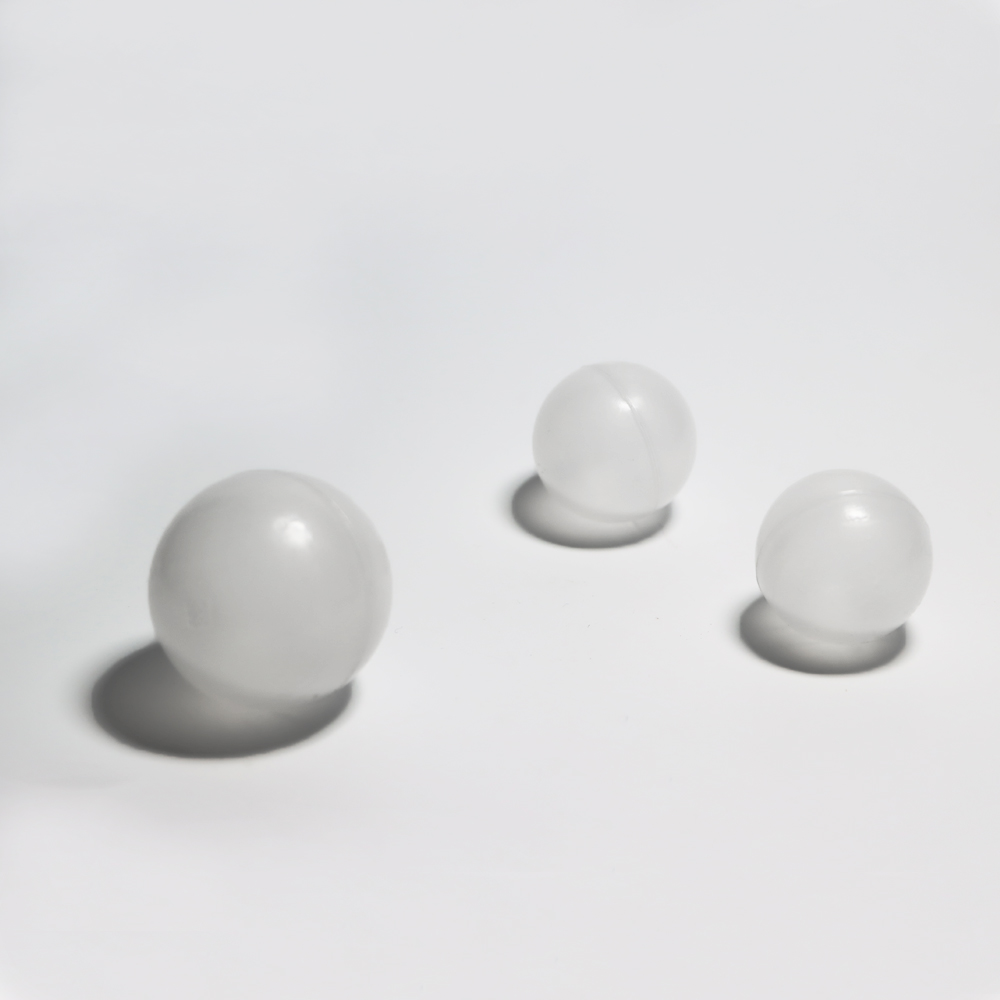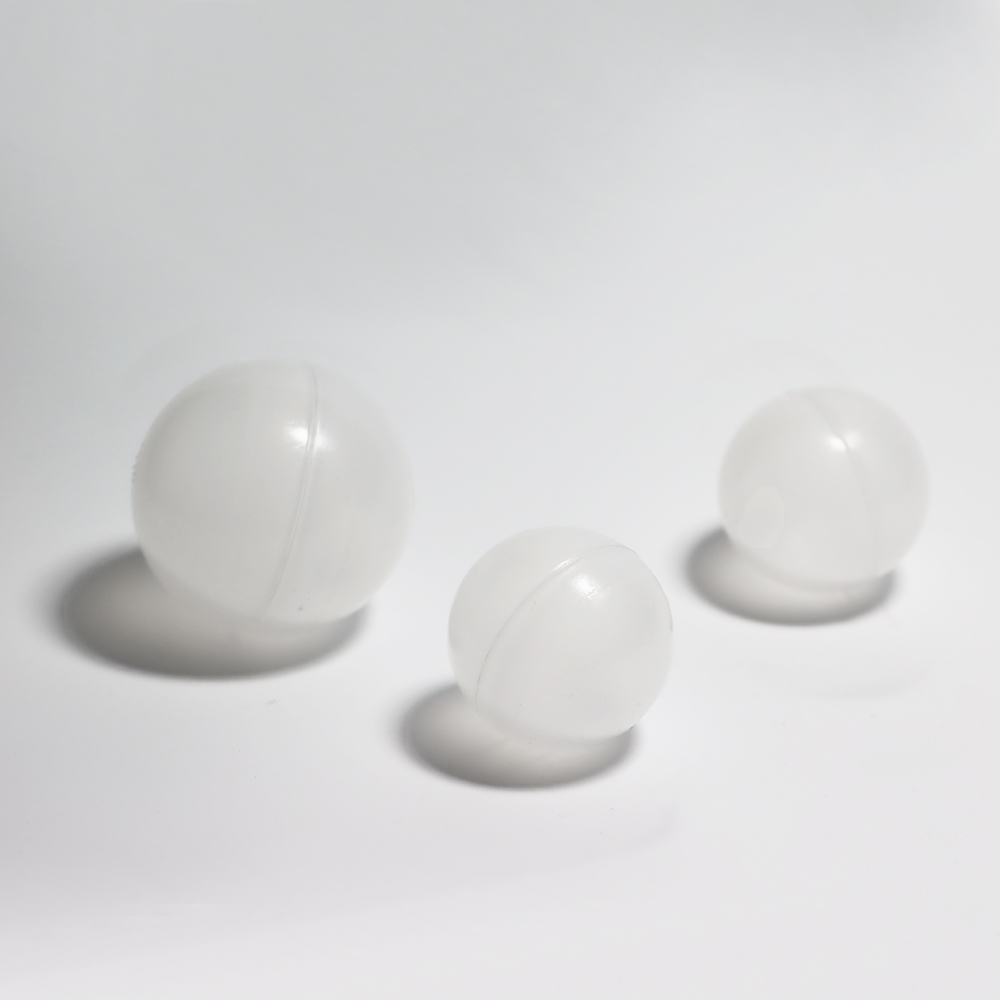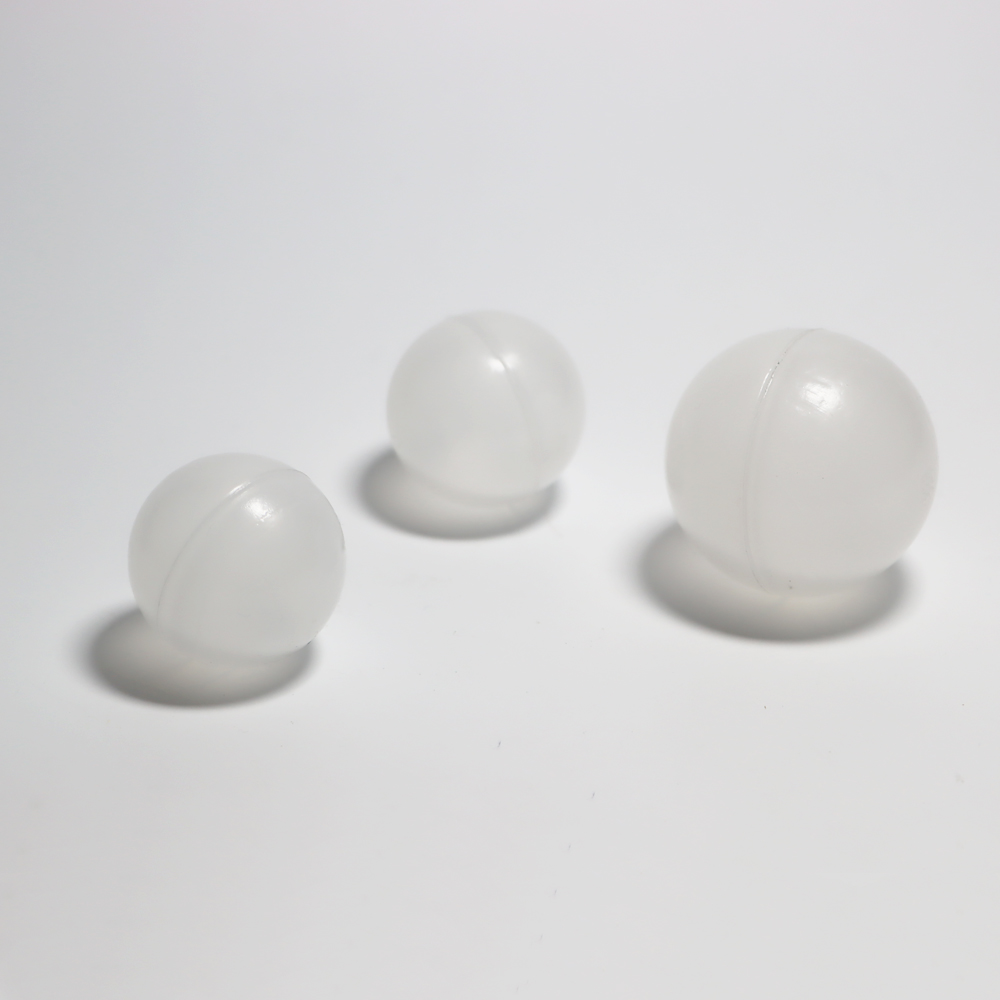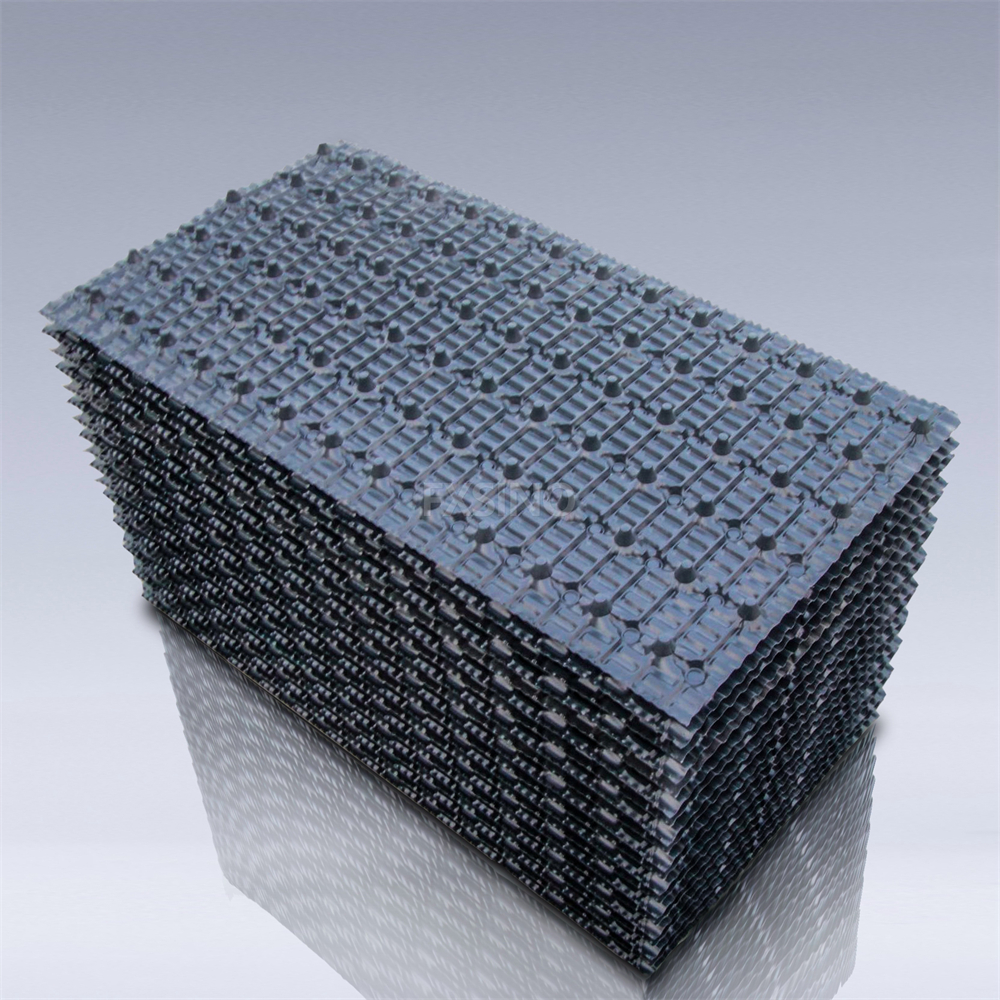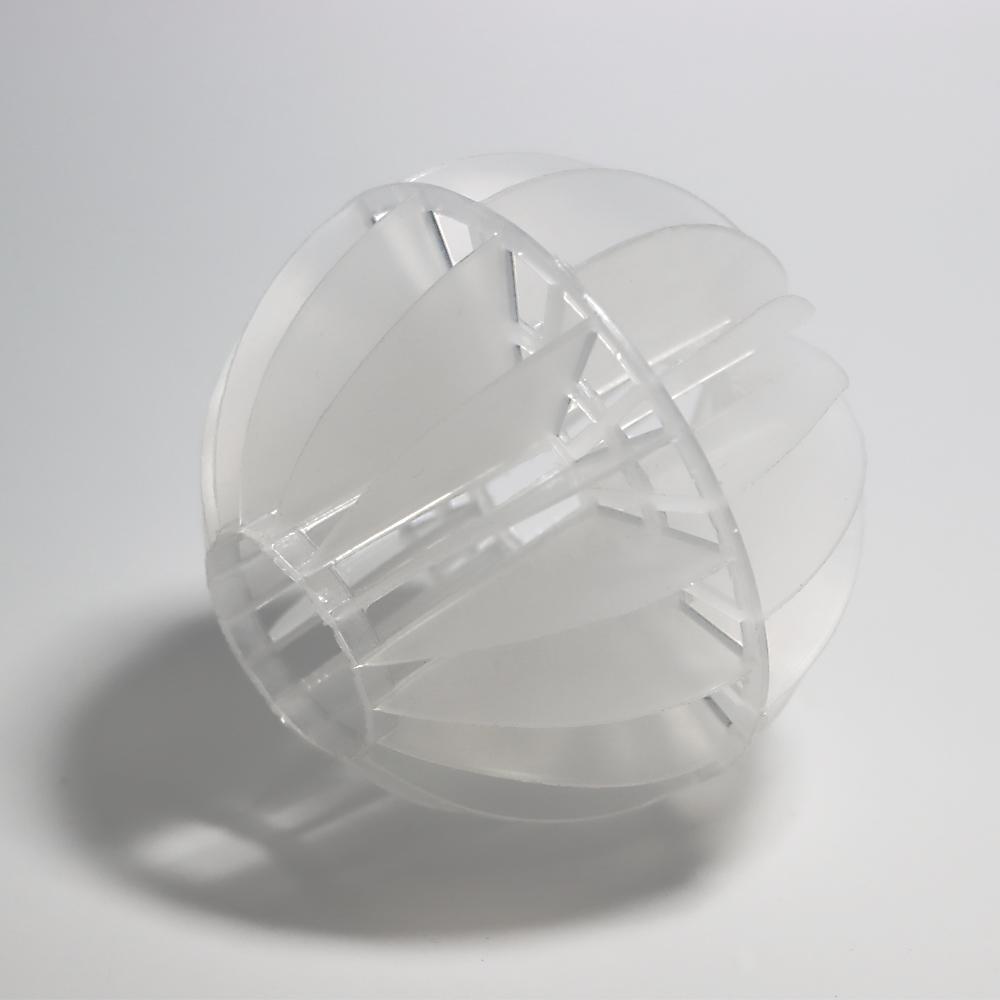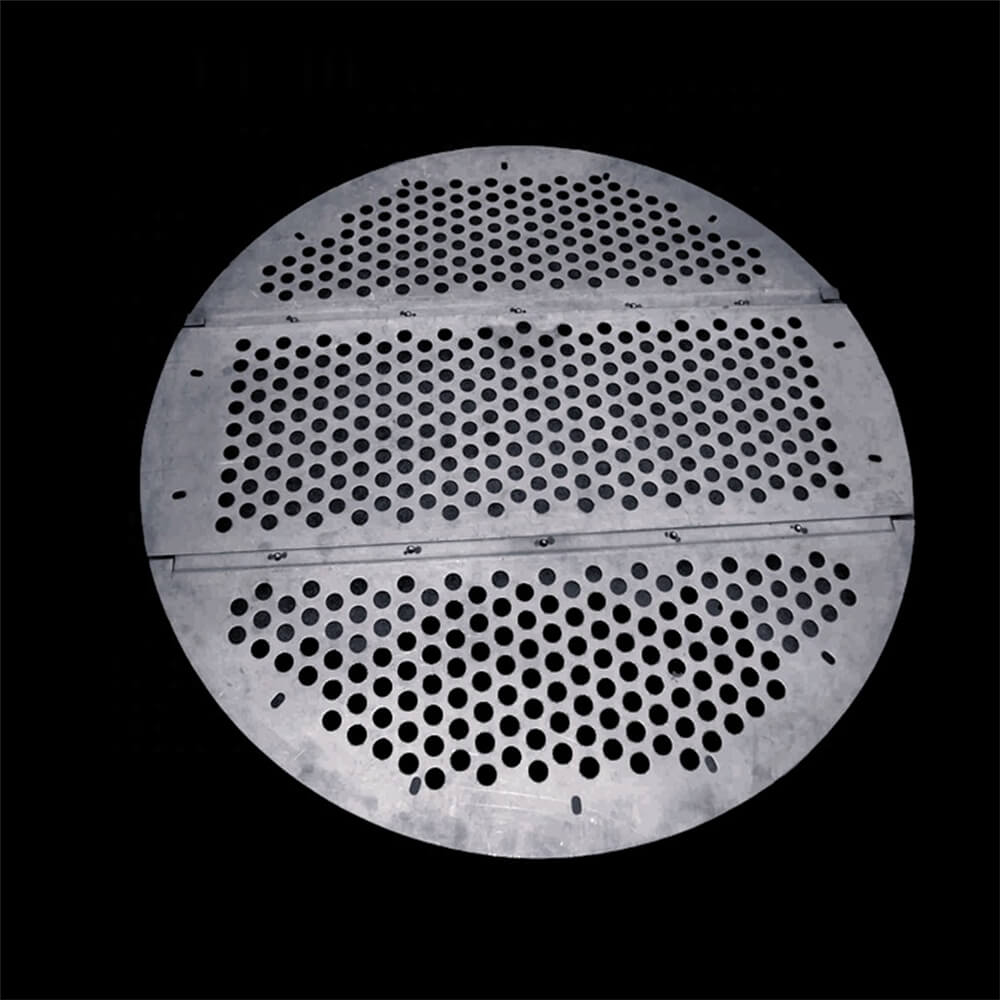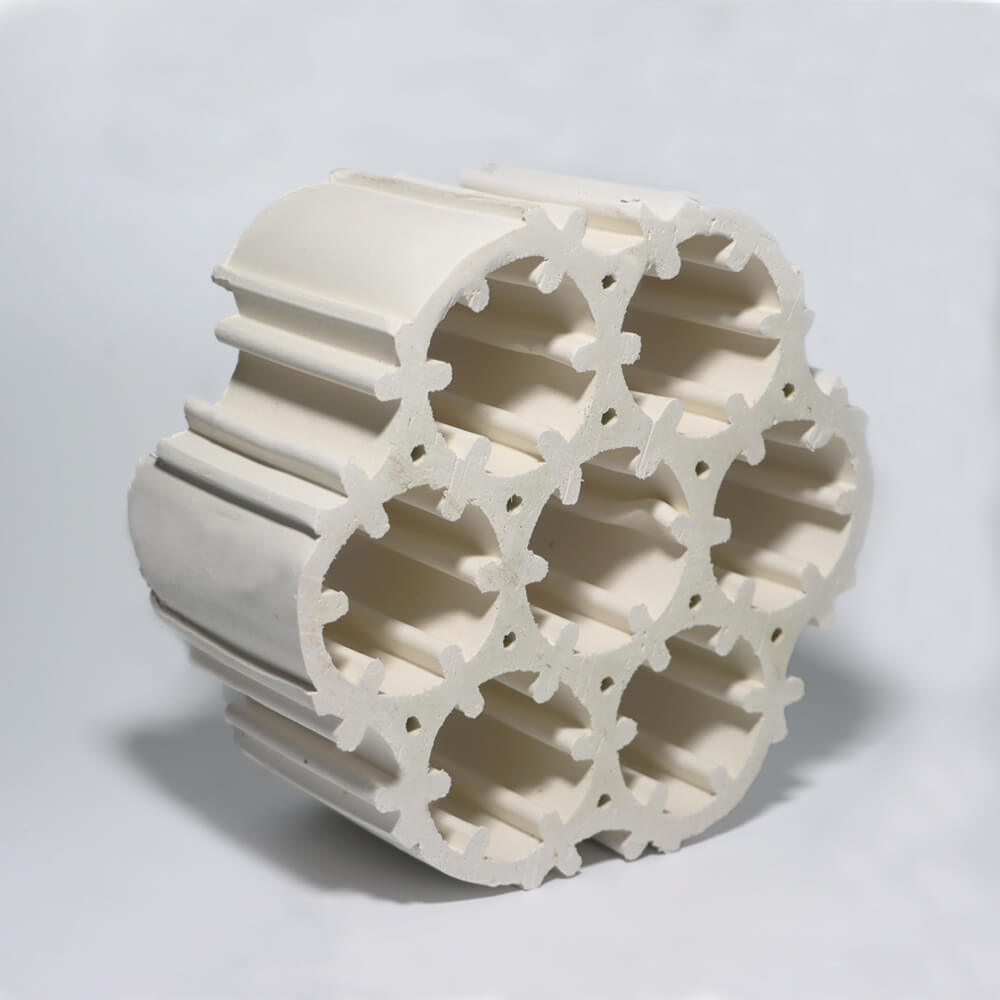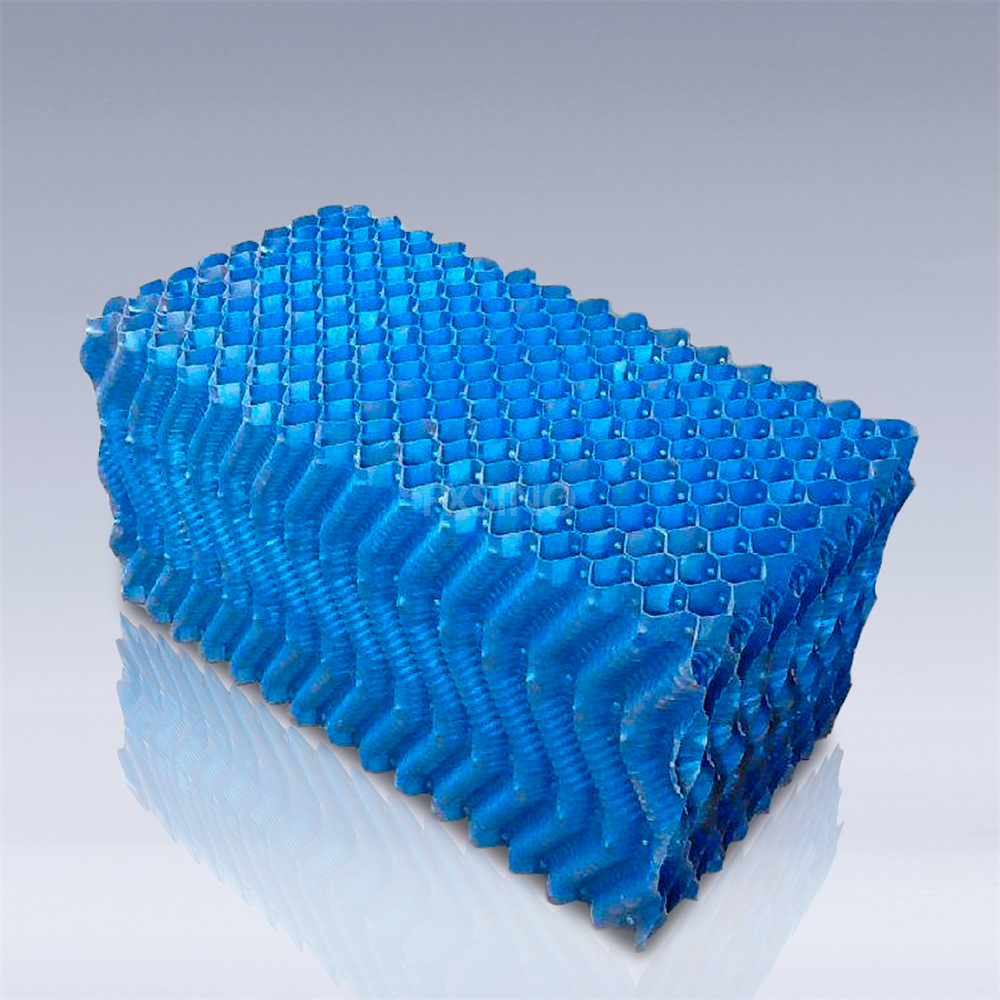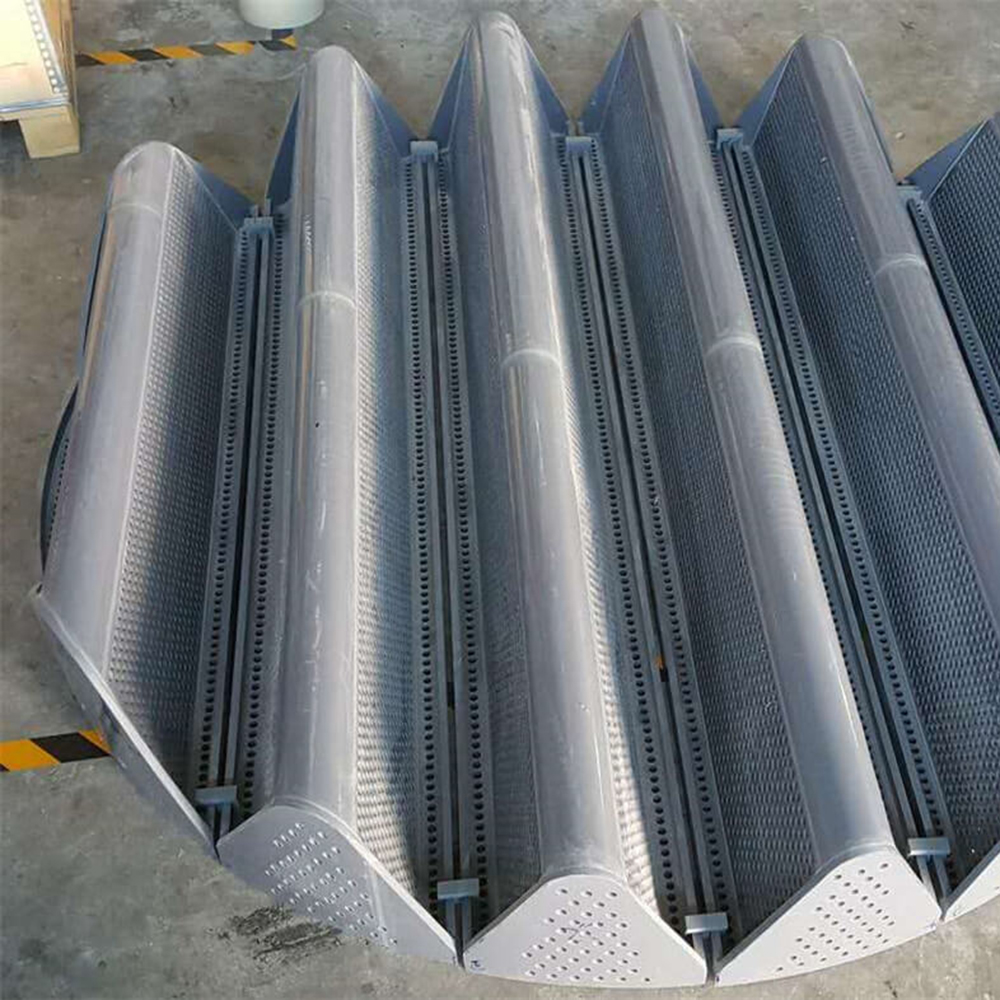The Flooring Expert
Water body covering medium Plastic Hollow ball
Feature
1.Effective control heat loss
2.Chemical resistant
3.Prevent Algae Growth without Chemicals
4.East to install
5 Over 90% surface covering ratio
6.Light penetration
7.Acid mist reduction from electrowining
Application
1.Gold Mining-Leach Ponds
2.Silver Mining-Settling Ponds
3.Oil and Natural Gas Frac Water Tanks
4.Agriculture
5.Copper Refining-Demisting ball
6.Ammonia Tanks
Chemical Processing
Technical parameter
|
Diameter |
Piece weight |
Number/ft2 |
Number/Sqm |
|
10 |
0.2 |
1076 |
11600 |
|
20 |
1.0 |
270 |
2900 |
|
25 |
1.5 |
172 |
1850 |
|
38 |
4.5 |
74 |
800 |
|
45 |
7.0 |
53 |
570 |
|
50 |
8.0 |
43 |
465 |
|
55 |
10.5 |
35 |
380 |
|
70 |
16.0 |
22 |
235 |
|
100 |
40 |
10 |
116 |
|
150 |
100 |
4.8 |
51 |
|
This equates to 91% of the liquid surface area. The frictional contact points ensure that each ball remains stable when subjected to increased or air turbulence. |
|||
Suitable material
|
Technical name |
Commercial name |
Abbreviation |
Molecular formula |
|
High Density Polyethylene |
High Density Polyethylene |
HDPE |
(C2H4)n |
|
Low Density Polyethylene |
Low Density Polyethylene |
LDPE |
(C2H4)n |
|
Poly(propene) |
Poly(propene) |
PP |
(C3H6)n |
|
Polytetrafluoroethylene |
Teflon |
PTFE |
(CF2-CF2)n |
|
Polyvinylidene fluoride |
Kynar,Hylar,Sygef |
PVDF |
(C2H2F2)n |
Operation temperature
|
Material |
Working condition ℃ |
Typical application |
Note |
|
HDPE |
80 |
Demineralised water and Chromic acid |
For outdoor application |
|
LDPE |
80 |
Demineralised water and Chromic acid |
For outdoor application |
|
PVDF |
140 |
Resistance to many aggressive chemical |
For high temperature |
|
PTFE |
250 |
high temperature applications |
For high temperature |
|
PP |
110 |
Metal treament industry |
Good corrosion asistance |
Different material Physical/mechanical/thermal/electric/magnetic properties
|
Material |
Property |
U.o.M |
Type |
Notes |
Value |
|
PE Ball |
Density |
g/cm³ |
Physical |
Room temp |
0.92(L),0.97(H) |
|
Young’s modulus |
Mpa |
Mechanical |
Room temp |
250/950 |
|
|
Friction coefficient |
|
Mechanical |
Room temp |
0.38 |
|
|
Water absorption |
% |
Physical |
24 Hours |
0.013 |
|
|
Coefficient of linear thermal expansion |
10-6℃ |
Thermal |
|
150 |
|
|
Volume resistivity |
Ohm*m |
Electric |
|
>10-15 |
|
|
Relative magnetic permeability |
|
Magnetic |
Diamagnetic |
<-1 |
|
|
Thermal conductivity |
W/m.k |
Thermal |
Room temp |
0.32(L)/0.46(H) |
|
|
|
|||||
|
PP Ball |
Density |
g/cm³ |
Physical |
Room temp |
0.87 |
|
Young’s modulus |
Mpa |
Mechanical |
Room temp |
1285 |
|
|
Friction coefficient |
|
Mechanical |
Room temp |
0.30 |
|
|
Water absorption |
% |
Physical |
24 Hours |
0.10 |
|
|
Coefficient of linear thermal expansion |
10-6℃ |
Thermal |
|
135 |
|
|
Volume resistivity |
Ohm*m |
Electric |
|
>10-14 |
|
|
Relative magnetic permeability |
|
Magnetic |
Diamagnetic |
<-1 |
|
|
Thermal conductivity |
W/m.k |
Thermal |
Room temp |
0.19 |
|
|
|
|||||
|
PVDF Ball |
Density |
g/cm³ |
Physical |
Room temp |
1.77 |
|
Young’s modulus |
Mpa |
Mechanical |
Room temp |
1900 |
|
|
Friction coefficient |
|
Mechanical |
Room temp |
0.32 |
|
|
Water absorption |
% |
Physical |
24 Hours |
0.04 |
|
|
Coefficient of linear thermal expansion |
10-6℃ |
Thermal |
|
130 |
|
|
Volume resistivity |
Ohm*m |
Electric |
|
>10-14 |
|
|
Relative magnetic permeability |
|
Magnetic |
Diamagnetic |
<-1 |
|
|
Thermal conductivity |
W/m.k |
Thermal |
Room temp |
0.19 |
|
|
|
|||||
|
PPgs PTFE Ball |
Density |
g/cm³ |
Physical |
Room temp |
2.16 |
|
Young’s modulus |
Mpa |
Mechanical |
Room temp |
670 |
|
|
Friction coefficient |
|
Mechanical |
Room temp |
0.12 |
|
|
Water absorption |
% |
Physical |
24 Hours |
0.02 |
|
|
Coefficient of linear thermal expansion |
10-6℃ |
Thermal |
|
145 |
|
|
Volume resistivity |
Ohm*m |
Electric |
|
>10-16 |
|
|
Relative magnetic permeability |
|
Magnetic |
Diamagnetic |
<-1 |
|
|
Thermal conductivity |
W/m.k |
Thermal |
Room temp |
0.23 |
|
Mainly application
|
Name |
Application |
|
PP |
Polypropylene balls are resisting into not concentrated acids, alkalis, alcohols, oils, greases and most inorganic compounds. Fair resistance in aromatic hydrocarbons, they are not resistant in contact with halogens. They provide corrosive phenomena even in presence of concentrated acids and oxidizing agents at high temperature. |
|
PE |
Excellent corrosion resistance in contact with acids, alcohols, basis, esters, petrol, greases and oils. Fairish resistance to aliphatic and aromatic hydrocarbons, mineral oils, oxidizing agents. |
|
PVDF |
Excellent corrosion resistance in contact with inorganic acids and salts, organic acids, alcohols, ethers, aliphatic and aromatic hydrocarbons, halogens except fluorines, oxidizing environments. They are not suitable against nearly pure strong acids and basis, liquid alcaline metals, strong polar solvents. |
|
PTFE |
Teflon balls provide exceptional corrosion resistance properties, they are resisting even in contact with industrial acids or caustic substances. They suffer corrosive phenomena only against molten alkaline metals and fluorides at elevated temperatures. |
Products categories
WHY CHOOSE US
Since its establishment, our factory has been developing first world class products with adhering the principle
of quality first. Our products have gained excellent reputation in the industry and valuabletrusty among new and old customers..
